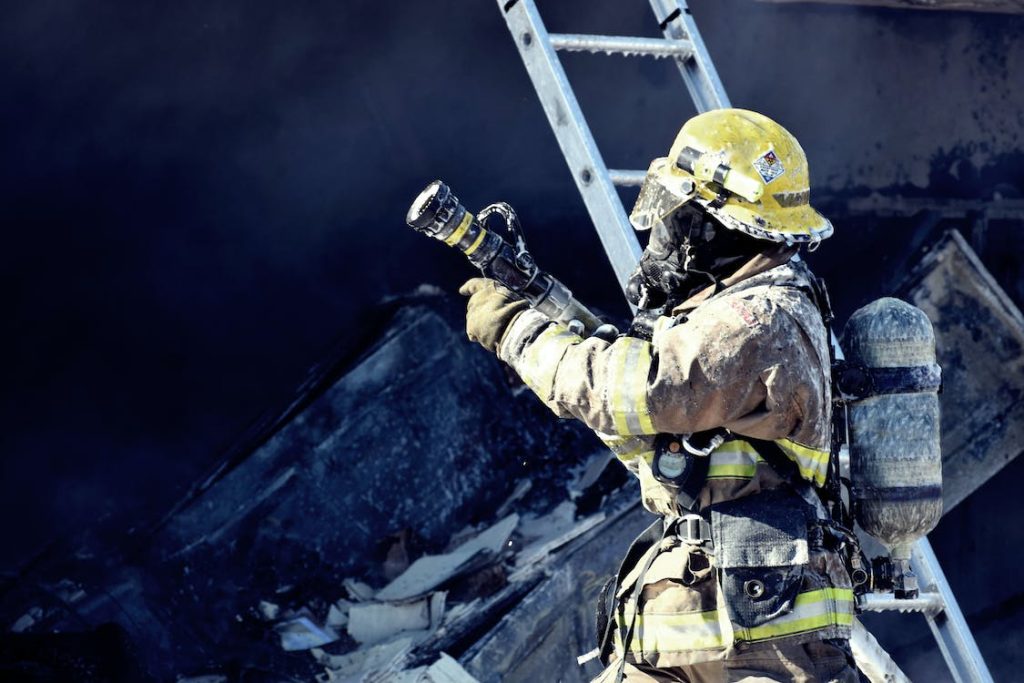
Confined space rescue refers to the specialized process of rescuing individuals who become trapped, injured, or incapacitated while working in confined spaces. Confined spaces are areas that are characterized by limited access and egress, and are not designed for continuous occupancy. These spaces can pose a range of hazards, including poor air quality, limited visibility, hazardous materials, and the potential for entrapment or engulfment.
Confined space rescues are complex and require careful planning, specialized equipment, and trained personnel to ensure the safety of both the individuals being rescued and the rescuers themselves. Rescuers use quality rescue equipment, techniques, and protocols to safely extract individuals from the confined space.
Rescue Equipment Used In Confined Space Rescue
The specific equipment needed can vary based on the nature of the confined space, its hazards, and local regulations. However, there’s a general list of equipment that might be required for confined space rescue:
1. Personal Protective Equipment (PPE):
Personal Protective Equipment (PPE) is essential for ensuring the safety of individuals working in hazardous environments, including confined spaces. PPE is designed to protect the wearer from various risks and potential hazards, such as physical, chemical, biological, and environmental dangers. Here are some examples of PPE commonly used in confined space rescue:
•Safety glasses or goggles
•Respiratory protection (if needed)
•Protective clothing
•Helmet with a headlamp
•Full-body harness with attachment points
•Gloves
2. Communication Equipment:
Two-way radios or communication devices are some of the commonly used communication equipment to maintain contact between rescuers inside and outside the confined space.
3. Gas Monitoring Equipment:
Multi-gas detectors monitor the atmosphere for hazardous gases or low oxygen levels. Gas monitoring equipment, also known as gas detectors or gas monitors, is specialized equipment used to detect and measure the presence of hazardous gases in the air.
4. Ventilation Equipment:
Ventilation equipment refers to devices and systems used to introduce fresh air into an enclosed or confined space and remove stagnant or potentially hazardous air. Ventilation serves to improve air quality, provide oxygen, and control the concentration of gases, fumes, and particles within the space
5. Lighting Equipment:
Lighting equipment plays a crucial role in confined space rescue operations by providing illumination within the confined space. The limited natural lighting and often cramped and dark conditions of confined spaces can hinder visibility, making it difficult for rescuers to navigate, assess the situation, and safely extricate individuals in need of rescue.
6. Hoisting and Lifting Equipment:
Hoisting and lifting equipment refers to specialized tools, devices, and systems designed to raise, lower, or move heavy objects or individuals in a controlled and safe manner. This equipment is essential in confined space rescue operations, where vertical movement is required to extract individuals from confined spaces that might have limited access points. The most common types of lifting equipment include tripods and Davit arms.
7. Rope and Rigging Equipment:
Rope and rigging equipment are essential components in confined space rescue operations, providing the means to safely access, move, and extricate individuals from confined spaces. Some of the common types of rope and rigging equipment include Static ropes, rescue ropes, and associated rigging hardware.
8. Rescue Stretcher or Basket:
These specialized stretchers, or rescue baskets, are used to safely extract individuals from the confined space. These stretchers or baskets are designed to provide support and protection to the individual being rescued while allowing rescuers to safely maneuver through the confined space’s tight or challenging passages.
9. Medical Equipment:
Medical equipment is a vital component in confined space rescue operations, ensuring safety and well-being. This equipment allows rescuers to provide necessary medical care and support to injured or incapacitated individuals in challenging and potentially hazardous environments. Basic first aid supplies, including trauma kits and medical equipment, to address injuries during the rescue are among the few.
10. Harness and Fall Protection Equipment:
Fall protection equipment, including harnesses, lanyards, and other components, ensures the safety of rescuers during vertical rescues by preventing falls and providing a secure attachment point to hoisting and lifting systems.
11. Emergency Retrieval System:
This system is designed to quickly retrieve individuals in distress from a confined space. It may include devices like winches, tripods, and rescue lines to expedite the extraction process.
12. Backup and Redundant Systems:
Having backup equipment and redundancy ensures that if one piece of equipment fails, there is an alternative solution available. This approach adds an extra layer of safety and preparedness to confined space rescue operations.
13. Training and Documentation:
Proper training of rescue personnel is crucial to ensuring they can effectively use the equipment and execute rescue procedures. Documented rescue plans and procedures provide clear guidelines and reference materials for the rescue team, enhancing coordination and efficiency during operations.
These pieces of equipment and effective rescue strategies collectively contribute to a comprehensive and well-prepared confined space rescue plan.

Leave a Reply